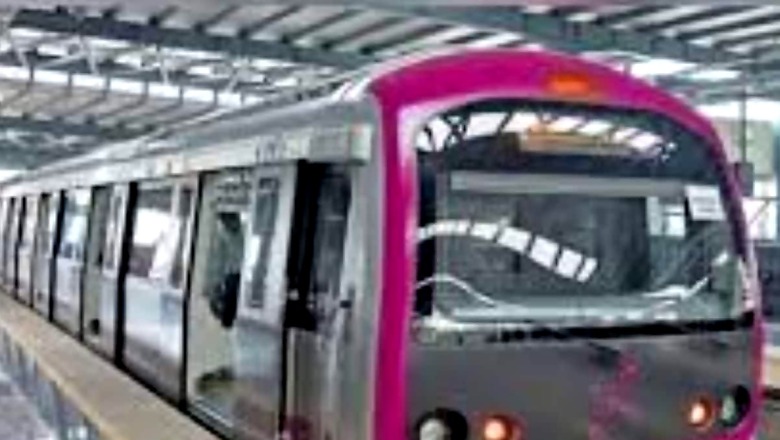
views
Delhi Metro‘s Magenta Line recently achieved a major milestone by becoming fully driverless, placing it among the elite 7 percent of metro networks worldwide that can operate trains autonomously.
This leap in technology promises greater flexibility, fewer human errors, and a brighter future for Delhi’s transport system.
Currently, the Magenta and Pink lines are the only fully driverless routes in the Delhi Metro network. The Delhi Metro Rail Corporation (DMRC) has announced that all new lines under the upcoming Phase 4 expansion will feature this driverless technology. The expansion, which includes three new corridors, is expected to be completed by 2026, according to the Financial Express.
What It Takes for a Metro Line to Go Driverless?
For a metro line to run without a driver, it must be equipped with advanced signaling systems, and the trains (rolling stock) must be compatible with the technology. The Magenta and Pink Lines were ready for driverless operations thanks to their state-of-the-art rolling stock designed for automated functions.
How Driverless Technology Works?
Like driverless cars, Delhi Metro’s driverless trains follow strict safety protocols. The trains on the Magenta and Pink Lines use Unattended Train Operation (UTO) technology, monitored 24/7 by professionals at the Operations Control Centre (OCC). The OCC keeps a close watch on the movement of these trains to ensure safe and efficient operations.
The driverless trains are also designed with fail-safe technology, meaning they automatically stop if any technical issue arises, ensuring passenger safety. They use Communication-Based Train Control (CBTC) technology, which ensures smooth operations even during peak hours. Plus, Platform Screen Doors (PSDs) are installed at stations to prevent any accidents.
Driverless metros bring numerous benefits, such as increased flexibility in operations, reduced human intervention, and minimized errors. They also automate pre-induction checks, easing the workload on operators. Even parking in the depot is automated, making the entire process more efficient.
As Delhi Metro continues to expand, driverless technology is set to play a crucial role in shaping the future of public transport in the city.

















Comments
0 comment